Nardostachys is a genus of flowering plants in the valerian family, primarily known for its species Nardostachys jatamansi, commonly referred to as spikenard or jatamansi. This herb is highly valued in Ayurvedic, Tibetan, and traditional Chinese medicine for its therapeutic properties.
Key Information about Nardostachys jatamansi (Spikenard):
Botanical Name:
Nardostachys jatamansi
Common Names:
Spikenard, Jatamansi, Muskroot, Indian Spikenard
Plant Description:
- Native to the Himalayan regions of Nepal, India, and China.
- It is a perennial herb with aromatic rhizomes and small pink or pale purple flowers.
Traditional Uses:
- Calming and Relaxing: Used as a nervine tonic to relieve stress, anxiety, and insomnia.
- Memory and Cognitive Support: Believed to enhance memory, focus, and mental clarity.
- Skin Health: Traditionally applied to promote clear, healthy skin and treat conditions like eczema and inflammation.
- Cardiovascular Health: Used to support heart function and regulate blood pressure.
- Spiritual Practices: Often burned as incense in spiritual rituals due to its grounding and calming aroma.
Active Compounds:
- Jatamansone (valeranone)
- Nardostachone
- Terpenoids
- Sesquiterpenes
How It’s Used:
- Essential Oil: Extracted from the roots and used in aromatherapy for calming effects.
- Powder or Capsules: Taken internally to support mental health, sleep, and stress management.
- Tea or Decoction: Prepared from dried roots for its calming and rejuvenating properties.
- Topical Application: Infused oils or creams applied to the skin for anti-inflammatory and soothing effects.


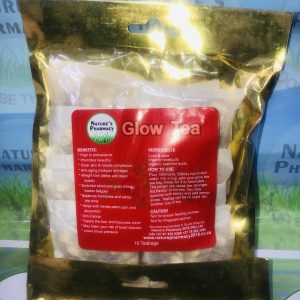
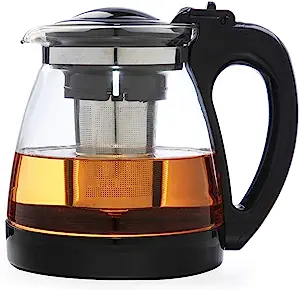
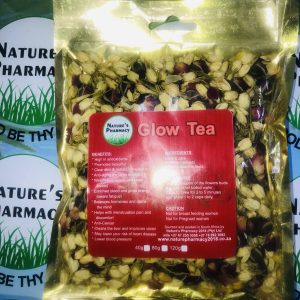
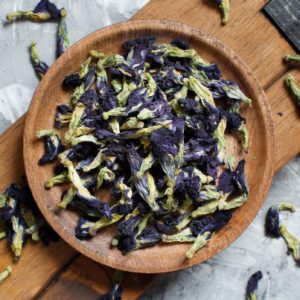
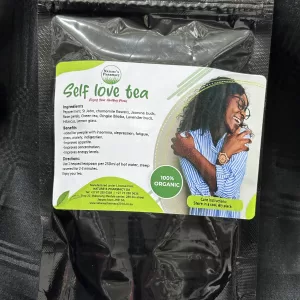
Reviews
There are no reviews yet.